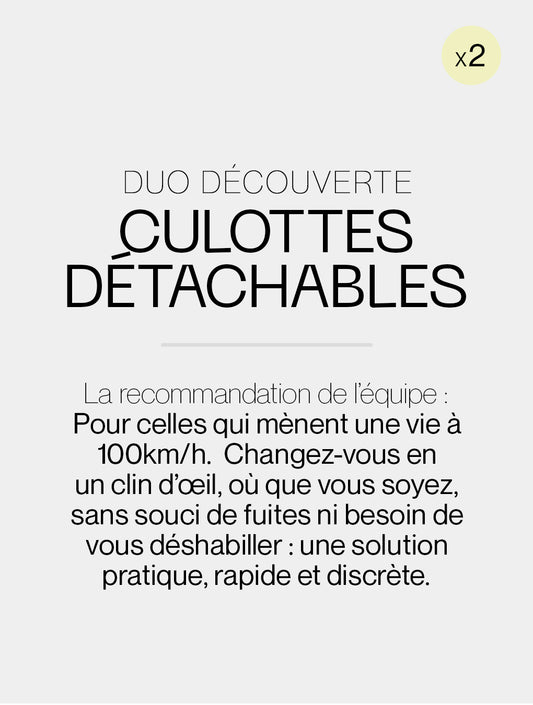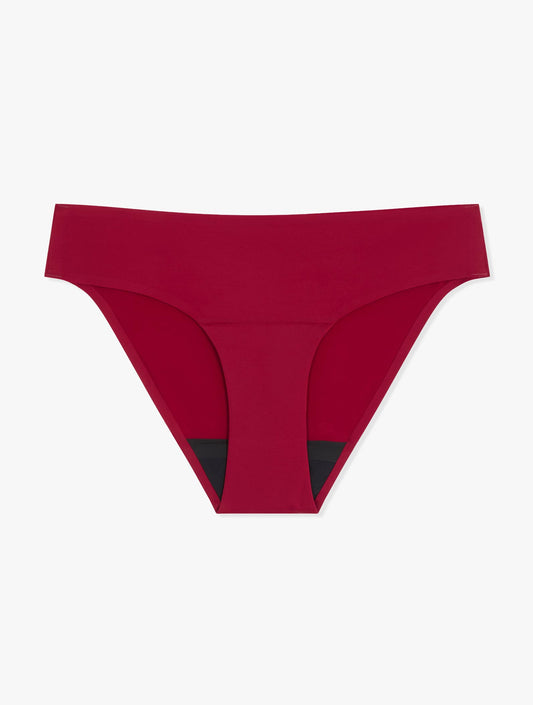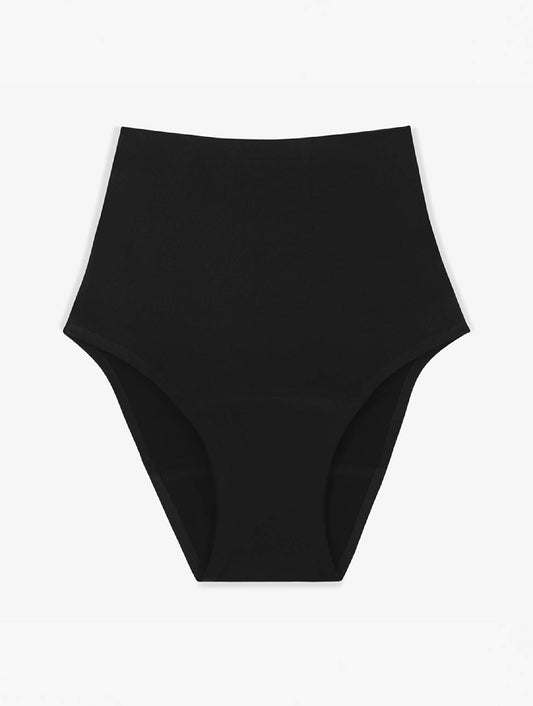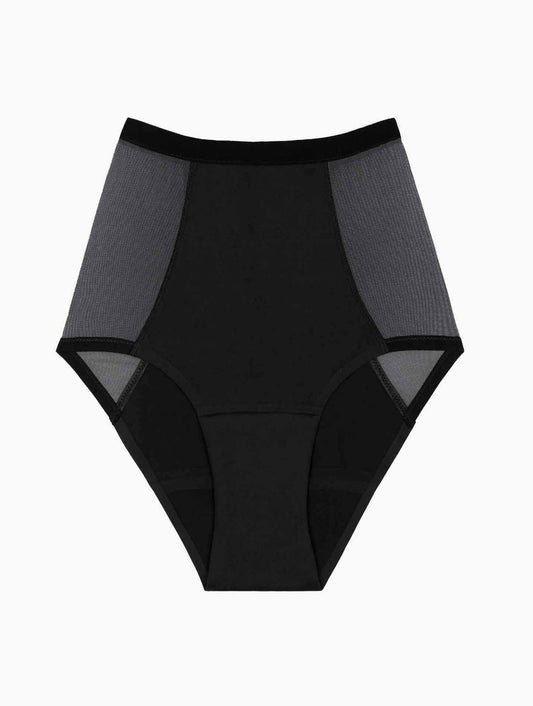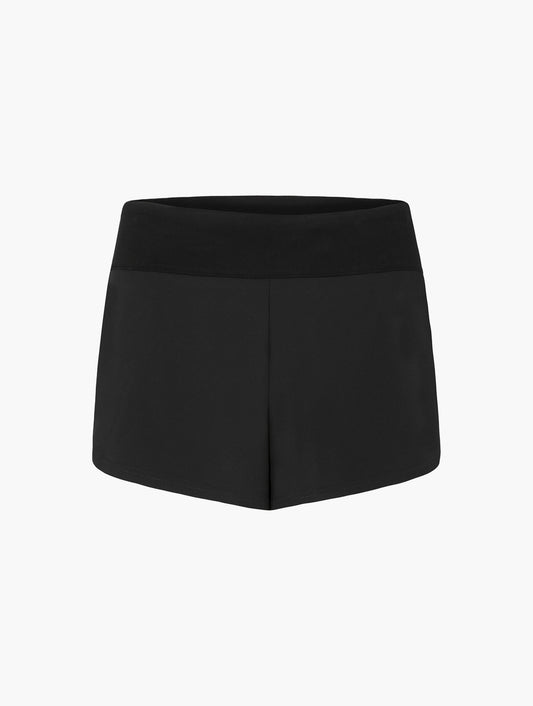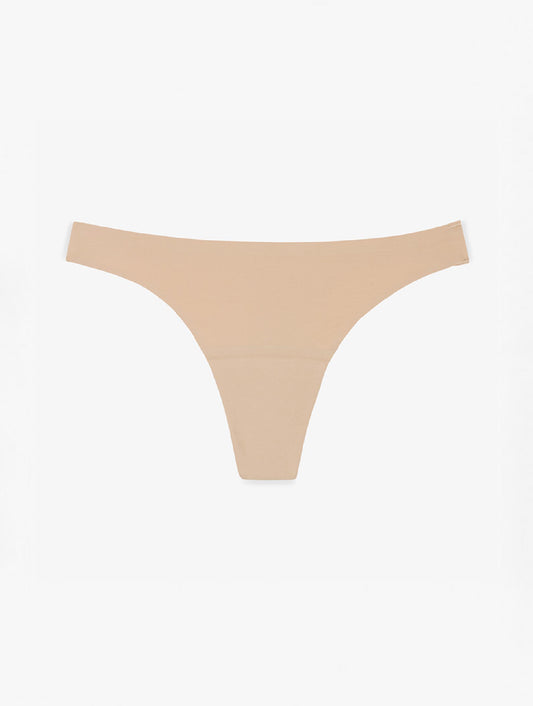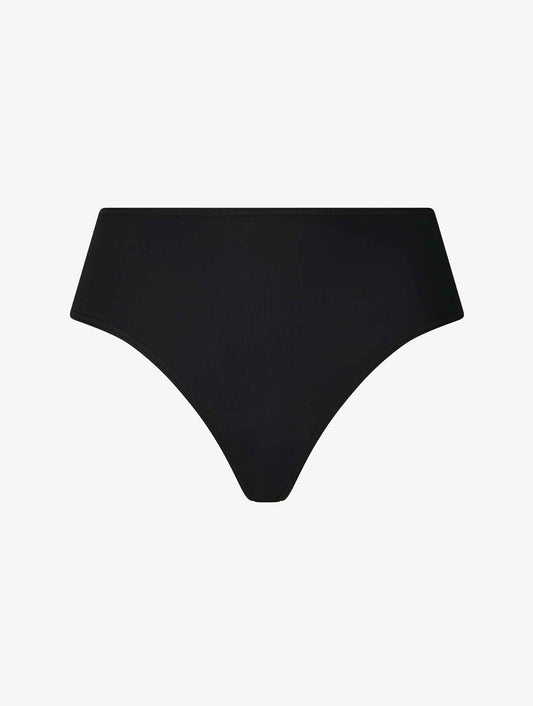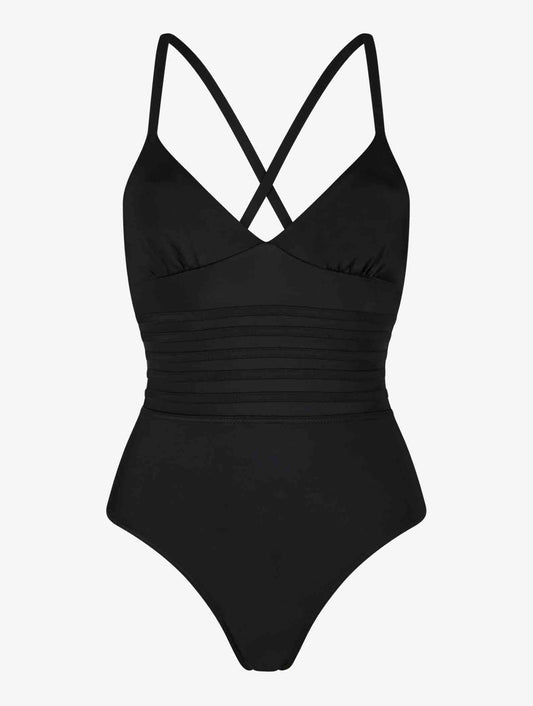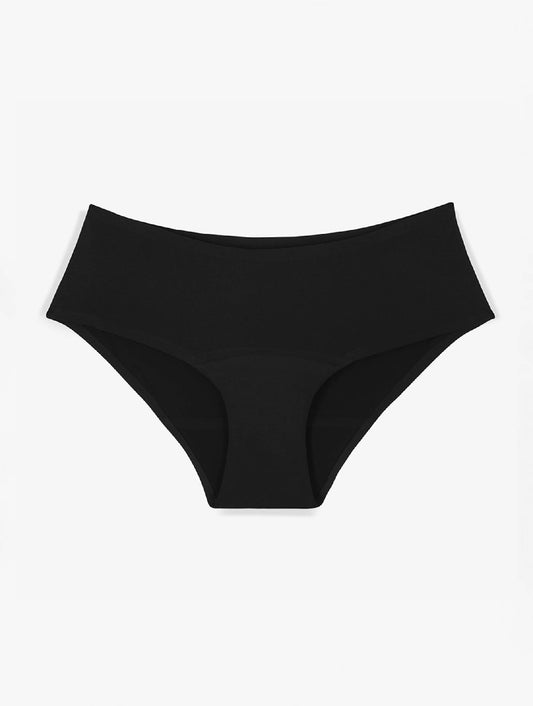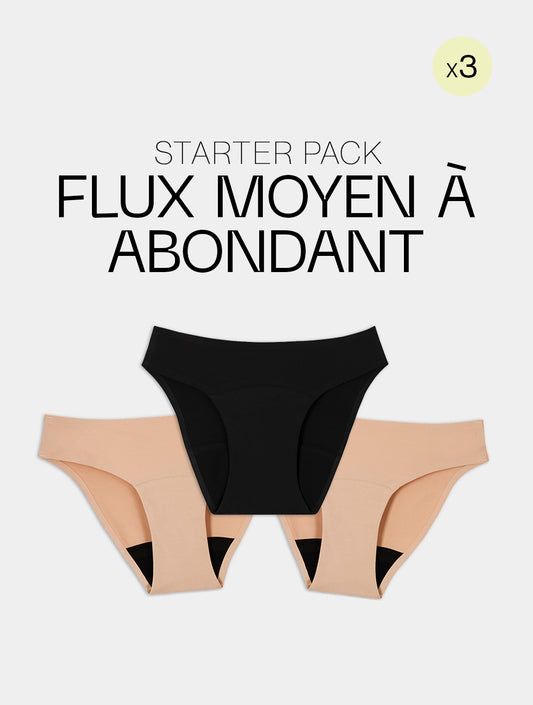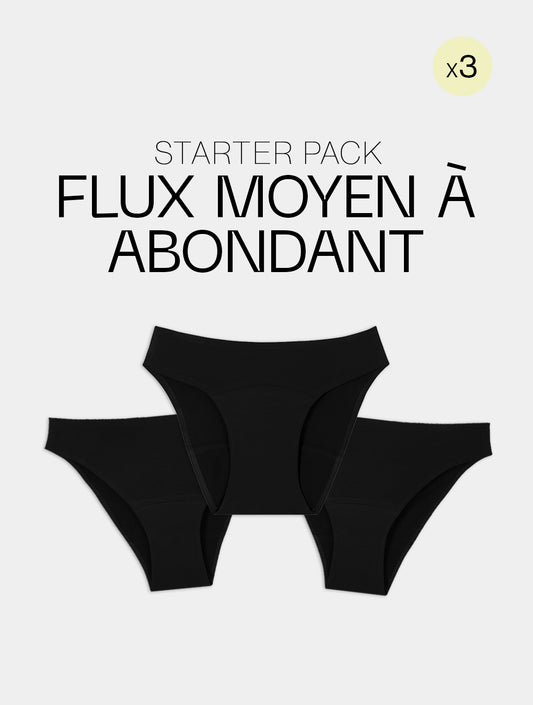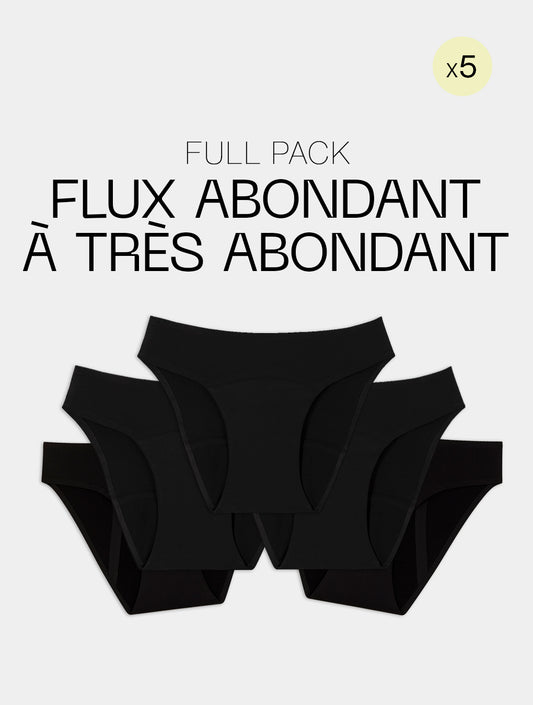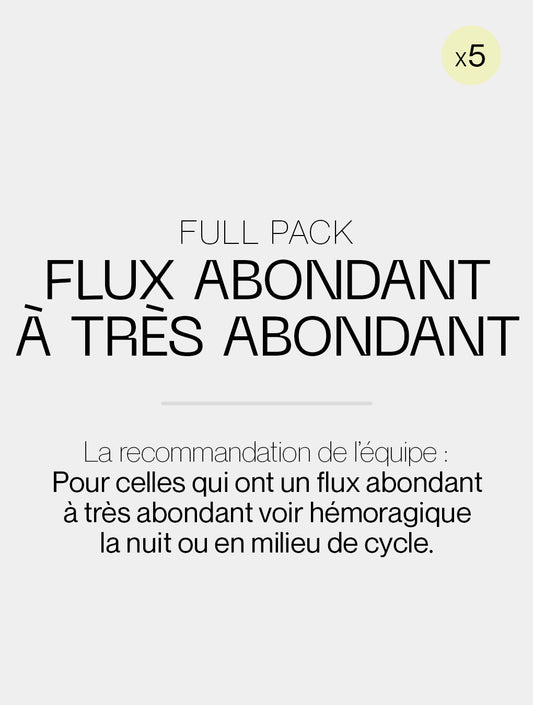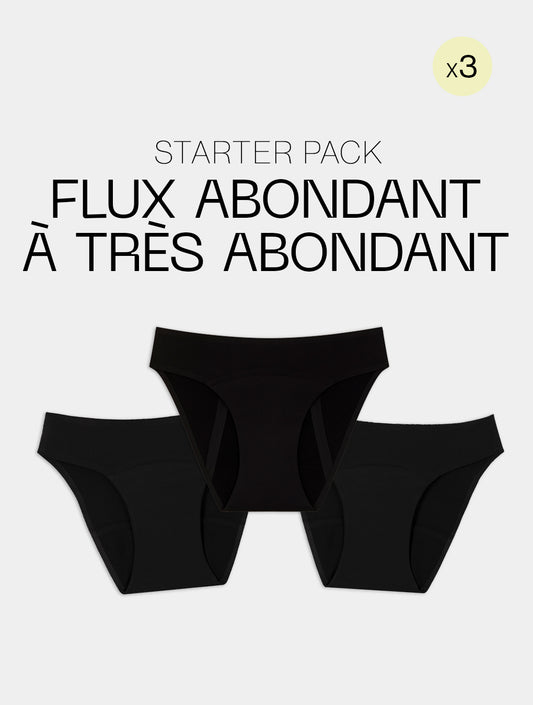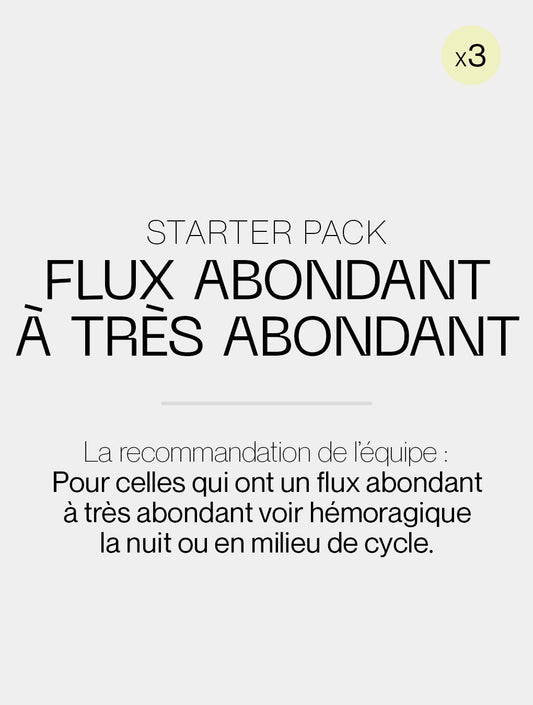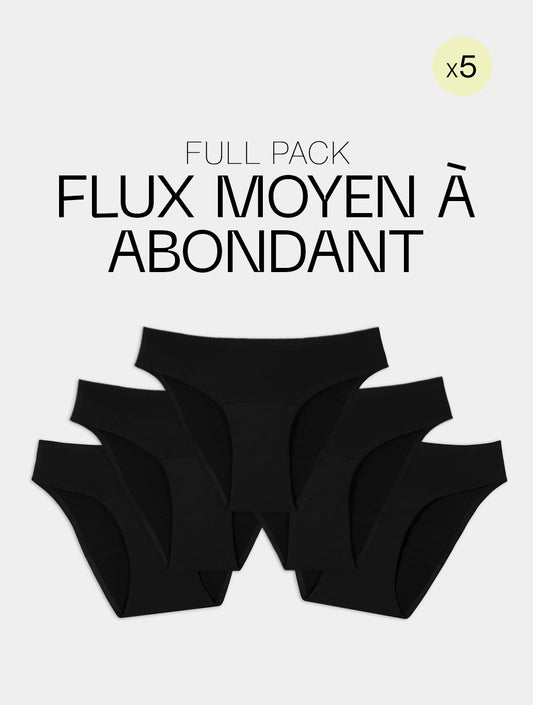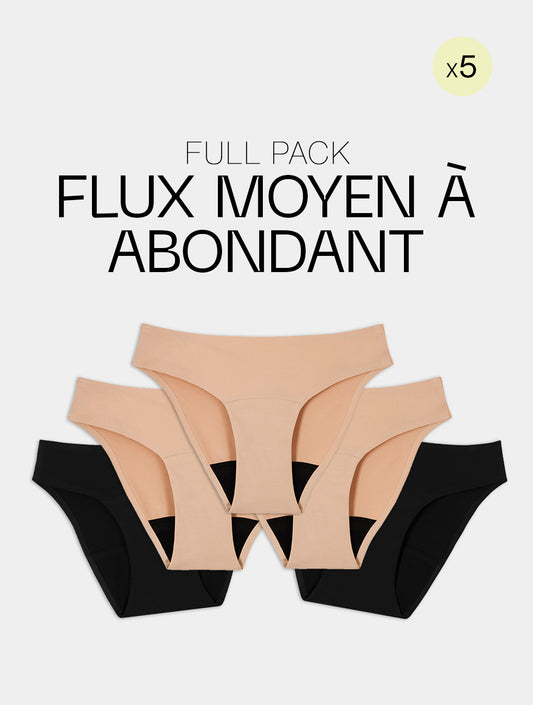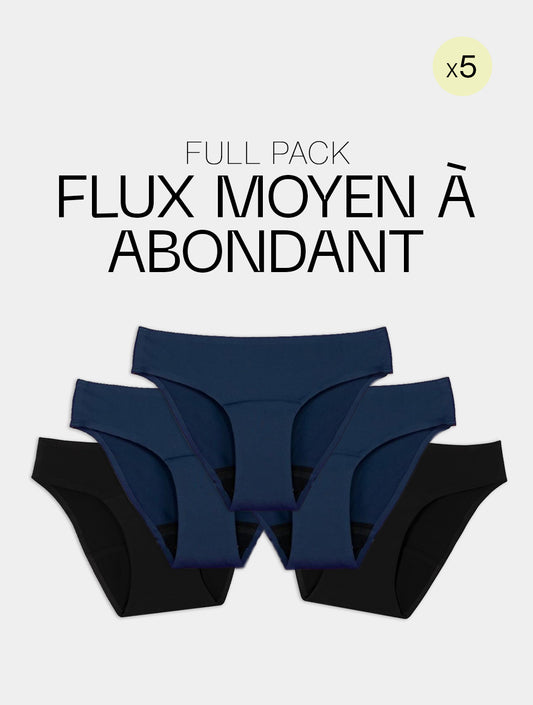OVERACTIVE BLADDER INCONTINENCE: URGENTURY
old nomenclature called urgency leak
Urgency, characterized by a sudden and urgent need to urinate, is a key symptom of overactive bladder. This corresponds to involuntary contractions of the bladder which can occur even when it is not completely filled.
Symptoms and Diagnosis of Overactive Bladder
Urgency may occur with or without leaking urine, accompanied by an increase in the number of urinations per day (greater than 7) known as pollakiuria, and frequent urination at night due to the urge to urinating, called nocturia (greater than 2).
These various symptoms may be secondary to an underlying pathology (examples: bladder tumor, bacterial cystitis, radiation cystitis, stones, neurological disease, etc.) which must be eliminated before considering any treatment.
Management of Recurrent Urinary Infections
Recurrent urinary tract infections are common in patients with urgency. It is recommended that these patients have urine dipsticks available at home for rapid diagnosis. If the test strip reveals an infection, a complete urine analysis should be carried out in the laboratory to allow judicious selection of antibiotics, thus avoiding the development of bacterial resistance.
Underlying Causes of Emergency
The causes of urgency are relatively poorly understood, however we consider aging with a bladder mucosa which will present abnormalities, menopause with the drop in estrogen, metabolism disorders (abdominal obesity, hypertension, increase in blood sugar levels). fasting blood, cholesterol, etc.) and an alteration of the bladder microbiome (lacto bacilli imbalance).
Rehabilitative techniques
Rehabilitative techniques offer electrostimulation in the office with a therapist in order to implement specific stimulation that will calm the bladder, but this technique can be offered at home if the patient responds well to the treatment, this will allow the results to persist. . These devices are covered by the primary health insurance fund, either with a three-month rental or upon purchase. They must be prescribed by a urologist.
This technique can be supplemented by biofeedback: the patient will perform a long and non-intense perineal contraction directed by the therapist, which she will be able to visualize on a screen in order to properly analyze her gesture and thus trigger a reflex which will calm the bladder. (Mahony reflex 3)
Behavioral Approaches
The behavioral technique consists of proposing a voiding calendar where the patient must note over 3 days (3 times 24 hours) the volumes and times of each urination, her water intake and the quality of the drinks drunk.
An analysis will be carried out by the therapist and advice on behavior will be given, for example, not going to the toilet if you don't want to, avoiding drinking drinks that stimulate the bladder such as tea, coffee, etc. white wine and champagne.
Medical and Surgical Options
There are medications that can help calm the bladder such as anticholinergics, but which should be given with caution to the elderly because there is a risk of cognitive problems. Another drug exists on the market and which does not present this drawback, but it has not received marketing authorization and therefore cannot be reimbursed, it is the molecule of mirabegron marketed under the name Betmiga®.
Local estrogen-based treatment can be offered. (Seek the opinion of the oncologist if the patient has or has had hormone-dependent breast cancer).
We can also offer probiotics to re-seed the bladder through intestinal rebalancing.
Surgical techniques will include the injection of botulinum toxin to paralyze the bladder muscle, it may also be proposed to permanently install a stimulator.
Therapeutic education
Therapeutic educational advice will be offered to the patient in order to improve her metabolism: fight against constipation: recommended defecation posture, sufficient fluid intake, balanced diet with intake of soluble and insoluble fiber, good abdominal breathing, diaphragmatic breathing, and abdomen massage.
The practice of sporting activity is recommended, if there is excess weight a diet will be recommended.








